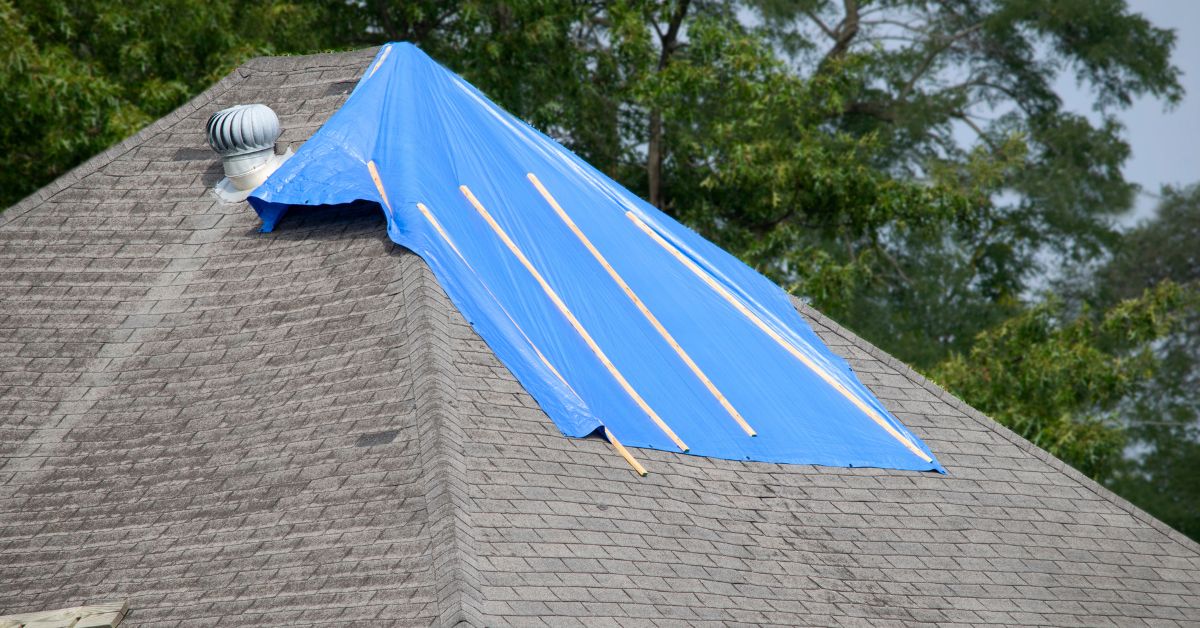
12 Apr Consider Your Location for Your New Roof
When planning for a new roof in South Florida, it’s essential to consider specific factors unique to the region’s climate and environmental conditions. Here are key considerations:
1. Hurricane and High-Wind Resistance
South Florida is in a hurricane-prone area, so choosing materials and designs that withstand high winds is crucial. Look for shingles or roofing materials rated for high wind speeds (often up to 130 mph or more). Consider reinforced underlayments and secure fastening systems to help keep the roof intact during storms.
2. Impact Resistance
Hurricanes can bring flying debris, so it’s essential to select impact-resistant roofing materials. Metal, concrete, clay tiles, and certain asphalt shingles are better able to withstand debris impact without breaking or causing leaks.
3. UV and Heat Resistance
The Florida sun can be intense year-round, which can lead to premature wear on roofing materials. Choose materials that offer UV protection and are resistant to fading and cracking, such as reflective metal roofing, concrete, or ceramic tiles.
4. Energy Efficiency
With high temperatures and humidity, energy-efficient roofing is beneficial to help reduce cooling costs. Light-colored or reflective roofing materials (like white metal or reflective asphalt shingles) help reflect sunlight and heat, lowering the temperature inside your home and decreasing air conditioning costs.
5. Moisture and Algae Resistance
South Florida’s humidity can lead to moisture buildup on roofs, which encourages algae and mold growth. Choose materials with algae-resistant coatings, such as algae-resistant asphalt shingles, or materials less susceptible to mold, like metal or clay tiles. This can prevent unsightly black streaks and extend the roof’s lifespan.
6. Proper Ventilation
Ventilation is essential to prevent heat and moisture buildup in the attic, which can lead to issues like mold growth and reduced roof lifespan. Ridge vents, soffit vents, and other venting systems are particularly important in warm climates like South Florida to ensure air circulates properly under the roof.
7. Environmental Regulations and Building Codes
South Florida has strict building codes due to its hurricane zone designation. Be sure your roofing materials and design meet or exceed local codes, especially for high-wind and impact resistance. Working with a reputable roofing contractor who understands the local regulations can ensure compliance and help with permitting processes.
8. Neighborhood Aesthetics and HOA Guidelines
Many neighborhoods in South Florida have Homeowners Associations (HOAs) or guidelines to maintain a cohesive look. Verify any roofing material and color restrictions before you begin. Choosing materials that complement neighboring homes and enhance curb appeal can add long-term value to your property.
9. Environmental Impact
With increasing environmental awareness, consider sustainable roofing options. Metal, clay, and concrete tiles can often be recycled at the end of their lifespan. Additionally, reflective roofs and energy-efficient designs reduce your home’s carbon footprint by lowering energy consumption.
10. Trusted Local Roofing Professionals
Working with a local, experienced roofing company ensures you’re getting professionals familiar with South Florida’s specific roofing needs, environmental conditions, and regulations. A knowledgeable roofer can guide you on materials, durability, and maintenance, helping you make the best choice for long-term investment.
Need a New Roof in South Florida? Contact Caldwell Roofing
For expert advice and quality roofing services tailored to the unique needs of South Florida homes. Our team specializes in durable, energy-efficient roofing solutions designed to withstand the region’s demanding climate. Visit caldwellroofing.com or call 561-392-0971 to schedule a consultation.

